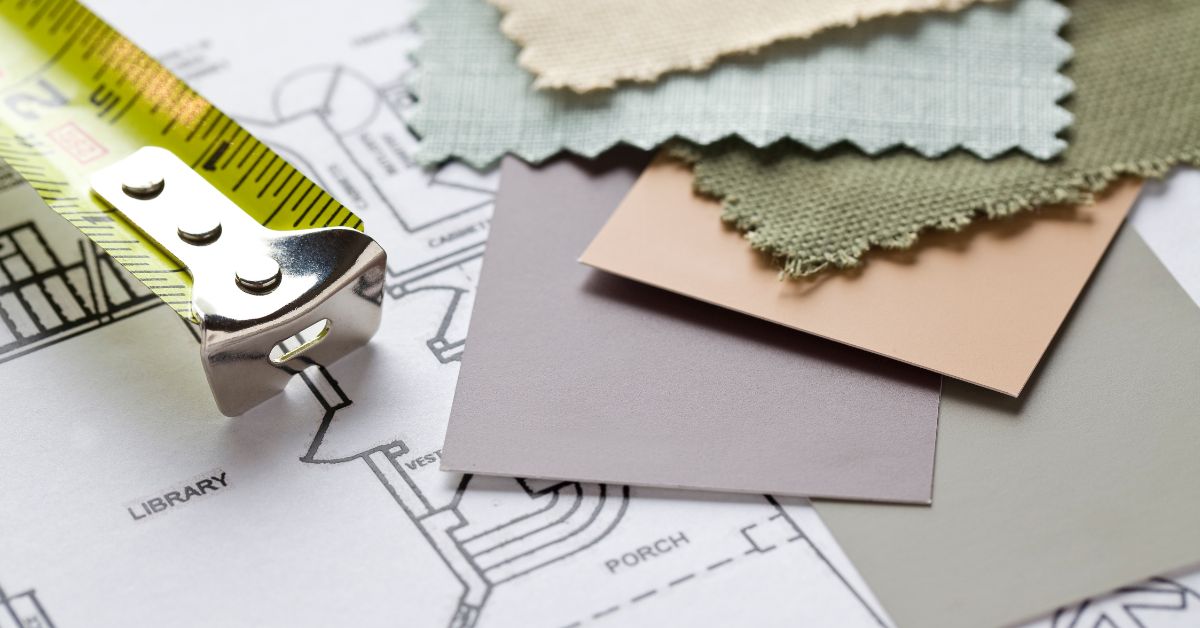Want to understand how to become an interior designer? A career in interior design provides opportunities to mix innovation and practical skills together. If you have a heart for designing spaces and a knack for creativity, this industry can mold your vision into reality and make a noteworthy impact on how people experience their surroundings.
In this article, we will learn and understand how you can become an interior designer, interior design careers, interior design salary in India, and the future outlook of interior design. So, continue reading this article, as we delve and learn more about starting a career in interior design.
- Understanding the Role of an Interior Designer
- What Does an Interior Designer Do?
- Educational Requirements and Qualifications
- Skills Competencies and Qualifications
- Career Pathways and Opportunities
- Gaining Practical Experience
- Building a Portfolio and Finding Clients
- Trends and Future Outlook
- Conclusion
Understanding the Role of an Interior Designer
What Does an Interior Designer Do?
Educational Requirements and Qualifications
- Bachelor’s Degree: Most interior designers have a Bachelor’s degree in Interior Design, Interior Architecture, or a field related to the industry. This normally takes about 4 years and includes subjects like principles of design, sketching, color theory, and planning of space.
- Associate Degree: An Associate degree is a good option to start as quite a few people start with this degree. This degree takes about 2 years to complete. It’s a great option if you want to enter the industry faster or want to pursue a bachelor’s degree later.
- Certifications and Licenses: After finishing your education, you might have to clear some exams to become licensed or certified, depending on your location or where you live. For instance, in some places, clearing the NCIDQ (National Council for Interior Design Qualification) exam is a must if you want to work as a certified interior designer.
- Continuing Education: Always educating yourself in the industry of interior design is important as the industry is always evolving. Many designers complete additional courses to get certifications in specific fields like project management or sustainable design to be current with the trends and improve their skills.
- Portfolio Development: Your entire educational journey will help you build a portfolio that shows your work. This is important for getting jobs or clients, as it showcases your design skills and creativity.
Skills Competencies and Qualifications
- Creativity: This is important for generating creative design ideas and making unique spaces that fulfill your client’s vision.
- Spatial Awareness: Important for understanding the process of arranging the furniture, lighting, and decor effectively within a space.
- Technical Skills: Includes efficiency in design software like AutoCAD and understanding of building codes and construction processes.
- Communication Skills: Crucial for communicating with clients, contractors, and architects to clearly convey ideas and partner successfully.
- Attention to Detail: Essential for enduring judgment in measurements, selection of materials, and the overall design process, ensuring a positive final result.
Career Pathways and Opportunities
The field of interior design offers a wide range of career paths, allowing you to specialize in different areas depending on your interests and skills. Here are some of the main options:
- Residential Interior Design: One of the most common career paths is residential interior design. In this, the professionals work on homes, apartments, and other living spaces. The aim is to create functional, visually appealing, and aesthetically pleasing environments that fulfill the wants and needs of homeowners.
- Commercial Interior Design: In this field, designers aim to create spaces for organizations and companies, like retail stores, hotels, offices, and restaurants. The purpose is to design environments that are not only visually appealing but also improve the functionality and working environment of the space.
- Hospitality Design: This is a branch of commercial design, hospitality designers work on spaces like resorts, hotels, and restaurants. They work towards creating warm, luxurious, and comfortable surroundings that improve the guest’s experience.
- Healthcare Design: This field consists of designing clinics, hospitals, and other healthcare settings. The focus is on developing spaces that promote healing and work for both patients and healthcare professionals.
- Sustainable Design: It’s also called green design; they focus on developing environmentally friendly and naturally suitable spaces. They work towards reducing the environmental impact of buildings by selecting sustainable materials and energy-saving tech.
These career prospects in the interior design industry offer various chances to apply your skills in diverse settings, each with its own share of challenges and rewards.
























